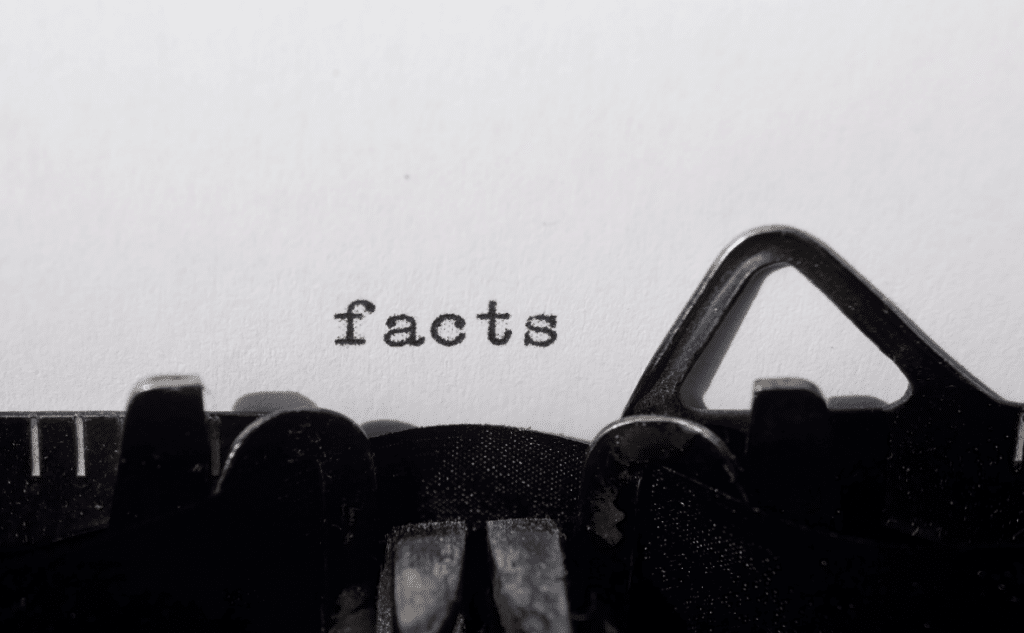WHAT IS MISINFORMATION?
Misinformation is “incorrect or misleading information.”
The COVID-19 pandemic has changed a lot of things over the past year and a half. Businesses and schools have had to shut down; the world fell under quarantine, employees had to transition from the office to working from home. Because of this, the primary source of interaction for many people and businesses has been online.
With this recent surge in online activity by millions of users, the amount of information being shared daily has all but doubled. Learning and sharing accessible information is an integral and helpful part of the online culture unless the information you are sharing is false.
Recently, the spread of misinformation on public and online platforms such as Facebook, Instagram, and Twitter has been a concerning issue. It has also raised a lot of questions and concerns from social media users. The main questions are, what is exactly does misinformation look like and why is it spread?
Sometimes misinformation is nothing more than a simple mistake made by a social media user or corporation.
However, what has been happening more and more frequently is misinformation spread deliberately to influence public opinion or cover up the truth. Many users may not even know they are sharing incorrect information. Understanding there is information out there that is false can be a frightening concept.
Luckily, there are ways to check the information you’re reading online for accuracy and reliability before you share it with others.
FACT CHECKING 101
- Always fact-check the information you’re reading.Whether it’s a casual tweet from a friend or an article from a news organization, everyone is prone to make mistakes.
- Double-check the source(s) from the original story.Research the source(s) of the original story. Are these sources dependable? Do they have proof of their claims?
- Check multiple sites and sources for the same story and compare the information.If the details are the same coming from multiple platforms, there’s a good chance it’s reliable.
- Be cautious of posts that make you feel emotionally moved (sadness, anger, happiness, etc.)Trolls and other accounts that intentionally spread misinformation often use emotional topics to grab the reader’s attention.
While it is essential to double-check the information you are consuming daily from social media and websites, recognizing misinformation is only half the battle. When you come across misinformation online, it is equally important to do your part in stopping the spread.
STOP THE SPREAD
- Check before you share. Don’t share a post without making sure the information is accurate.
- Report it. If you are on a social media platform, report the post so it can be removed.
Social media and online platforms are a great place to share ideas, express opinions, and connect with friends and family. Instead of writing these platforms off, help yourself and others by using these tips to limit the amount of misinformation that is spread online!

